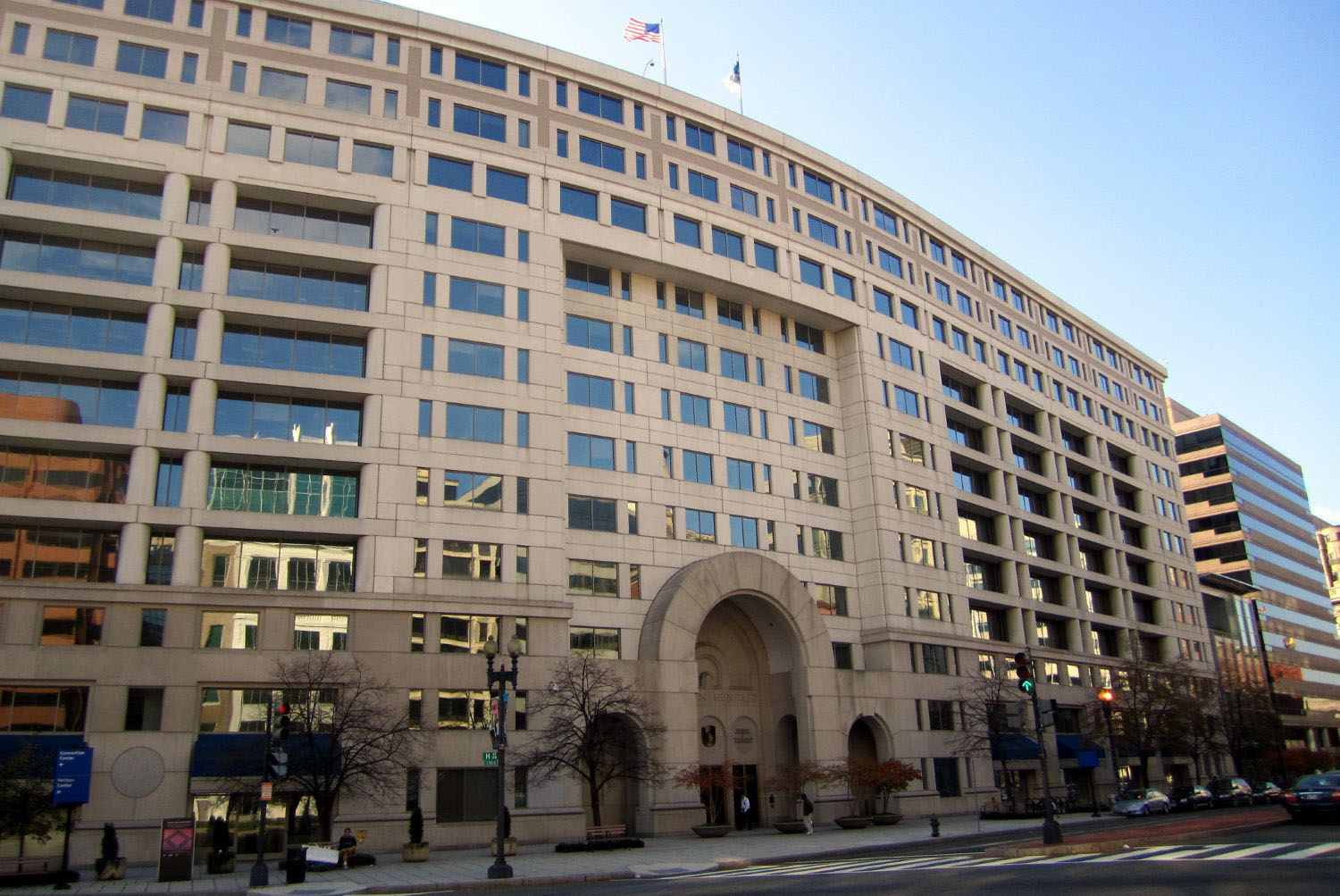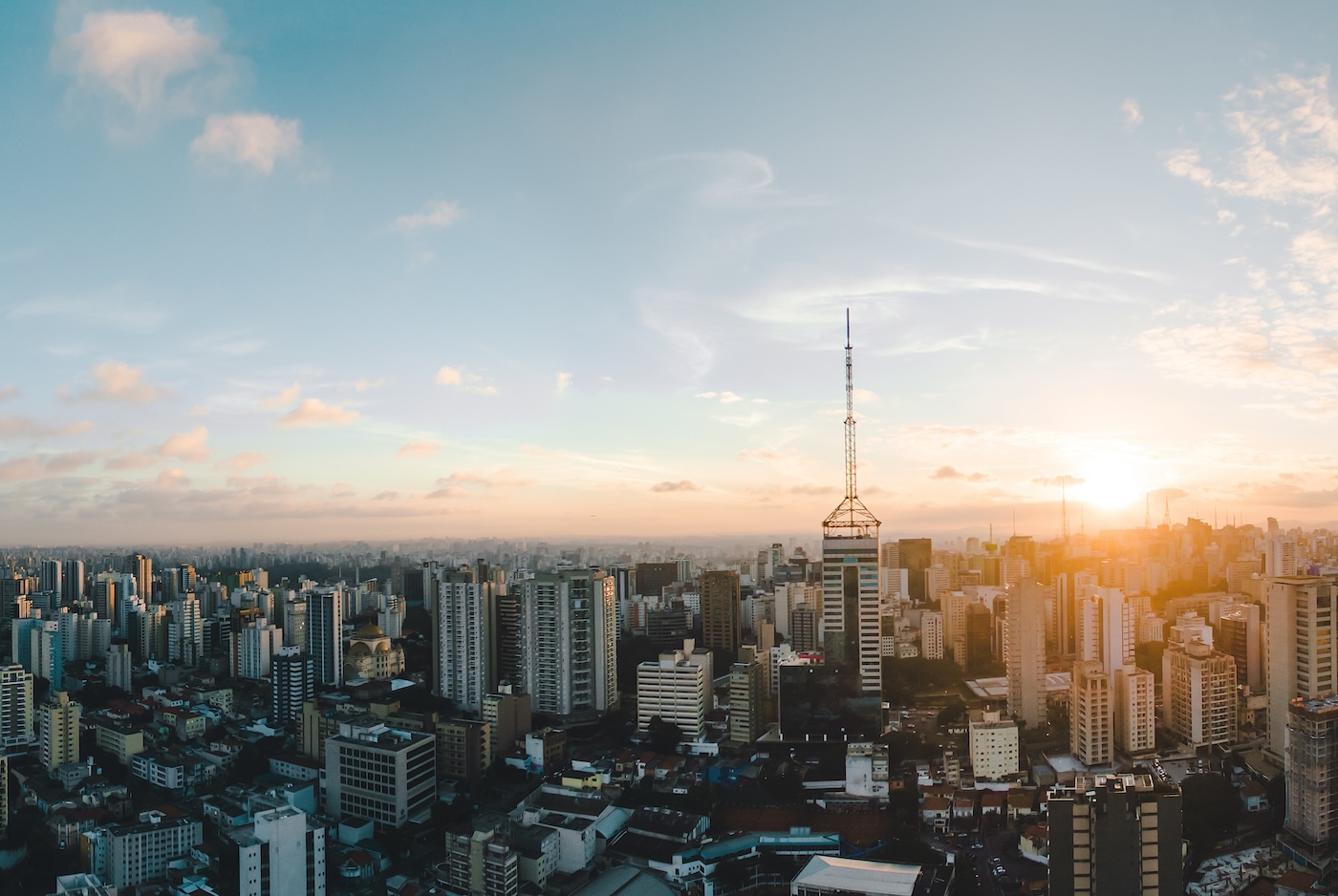
After the 2010 Haitian earthquake flattened Port-au-Prince, the United States responded with an outpouring of money, food, and medicine for Haiti. But a more effective form of assistance -- the powerful tool of migration and labor mobility -- was at first overlooked in relief and recovery efforts.
CGD senior fellow Michael Clemens led a two-year research and policy engagement effort that reached a milestone in January when the U.S. government added Haiti to the list of more than 50 countries eligible for temporary worker visas, the H-2 visa program. Michael calculated at the time that if just 2,000 Haitians worked as H-2 workers in the United States each year (just 2% of total H-2s) over the course of 10 years they would earn $400 million in additional, new income for Haitian families—an amount equal to the entire U.S. post-earthquake budget for reconstruction in Haiti.Michael returned to Washington this week from a visit to Haiti where he met with Haitian officials to hear firsthand their views of the program and to learn more about what it would take to ensure that these new opportunities are extended to Haitian workers. Bottom line: senior Haitian officials Michael and his team met are excited about Haiti’s inclusion in the H-2 visa program and determined to help make it work effectively, Michael says.
We start with a short review of Michael’s thinking about migration and the research that underpins this CGD policy win.

“Development is about helping people become less poor, and that often happens in countries where they're not born,” Michael explains. “In today’s world, for large numbers of people, the best economic opportunity they have is elsewhere.”
Michael tells me that migrants from poor countries experience a huge improvement in their economic prospects just by moving to a richer country. In 2008, together with Lant Pritchett and Claudio Montenegro, Michael found the typical Haitian male worker increases his real earnings prospects by seven times just by stepping into the United States. Michael also found that of all Haitians living in the United States or Haiti who have escaped poverty, 8 out of 10 did so by leaving Haiti.
This research suddenly became extremely relevant, Michael recalls, when the earthquake struck Haiti in 2010. With the help of two refugee and immigration specialists, Sarah Williamson and Royce Murray, Michael put research to practical use as his team attempted to find openings for Haitians to work in the United States, to improve their own lives and the lives of those left behind in Haiti through remittances.
“I asked Sarah and Royce to explore every existing law or administrative rule that could allow for additional labor mobility between the U.S. and Haiti to any degree,” Michael recalls. “The one that surprised me most was that Haiti was ineligible for the largest work-based visa program the U.S. has. And not only did I not know this: the Congressional delegation of Florida, the special coordinators office for Haiti in the State Department, and others in Washington also were not aware this was the case.”
After months of targeted outreach and research, Michael, Sarah, Royce, and CGD’s Chris Molitoris were able to get Haiti on the H-2 visa list last January.
Michael tells me the team’s job did not end there. The next step was to raise awareness of this opportunity for Haitians seeking employment and for U.S. employers seeking seasonal workers for jobs that Americans do not want (a requirement of the H-2 program). To do this, Michael traveled to Haiti this month to survey current coordination efforts and to get the word out to Haitian officials.
“There’s a coordination problem because U.S. employers have to know that there are recruiters in Haiti they can work with to get the kind of labor they want, and recruiters in Haiti need to know there are interested employers in the U.S.,” explains Michael. “There’s a chicken and egg problem of getting both pieces to work at the same time.”
While in Haiti, Michael briefed officials about the potential of the program to assist Haiti’s recovery and development. He also happened to be at the U.S. embassy in Port-au-Prince the day that the first group of Haitians showed up to applying for H-2 visas. “The program has already begun and that’s both exciting and worrying,” says Michael.
“This means there is going to be a real movement of people, and it really can be a triple win for everyone involved. It can be a life changing economic opportunity for people who desperately need it, it can be a huge win for Haiti and a big win for the U.S. that depends on these workers in certain sectors and seasons,” he adds.
“There’s also a danger that without the well-developed regulatory apparatus that other countries have developed for this visa program, abuses can happen” such as brokers falsely claiming that they can secure a U.S. temporary workers visa for a “fixing” fee. “But we were happy to see that the Haitian government is very interested in seeing this works well,” Michael said.
More Reading





